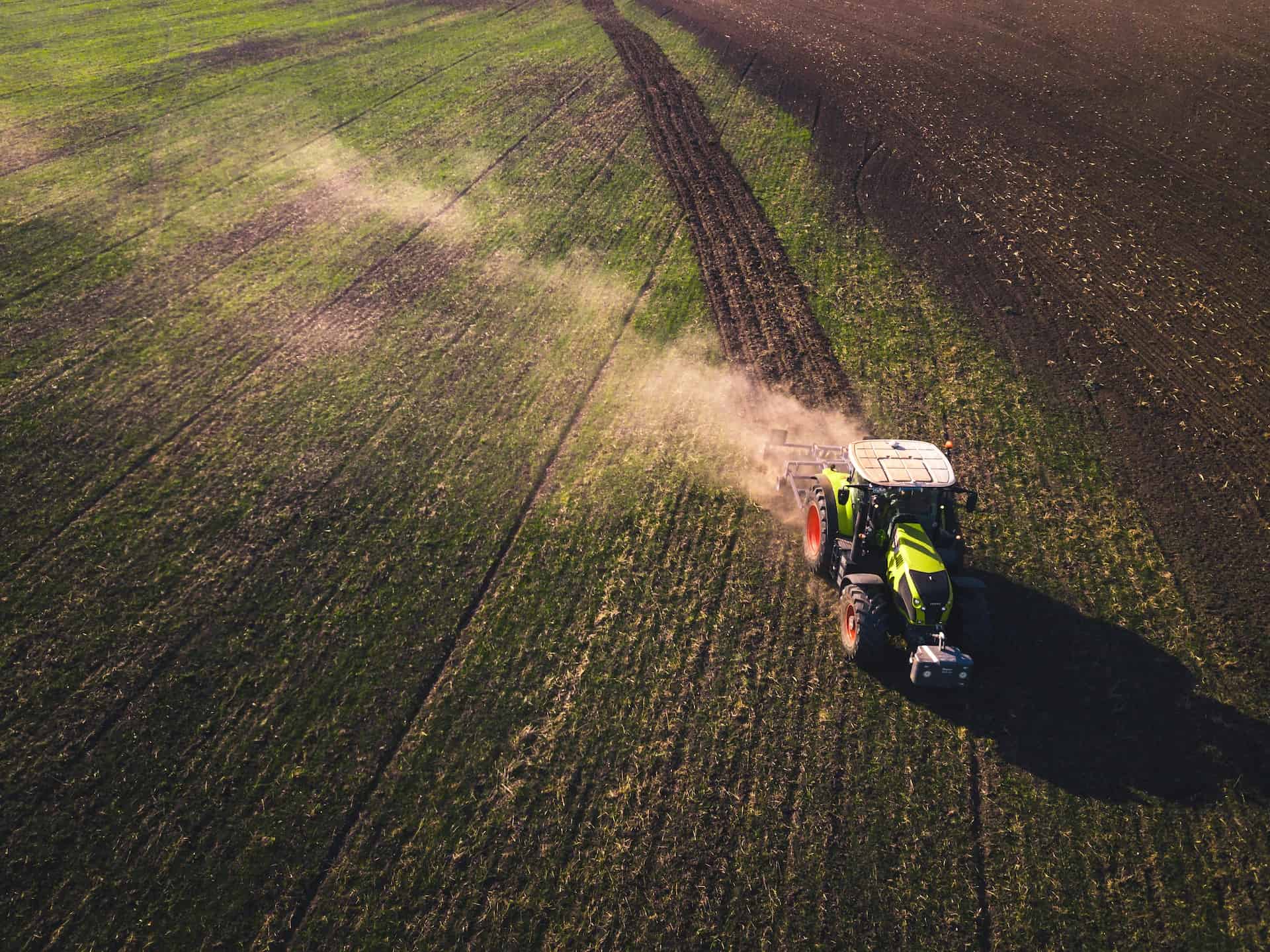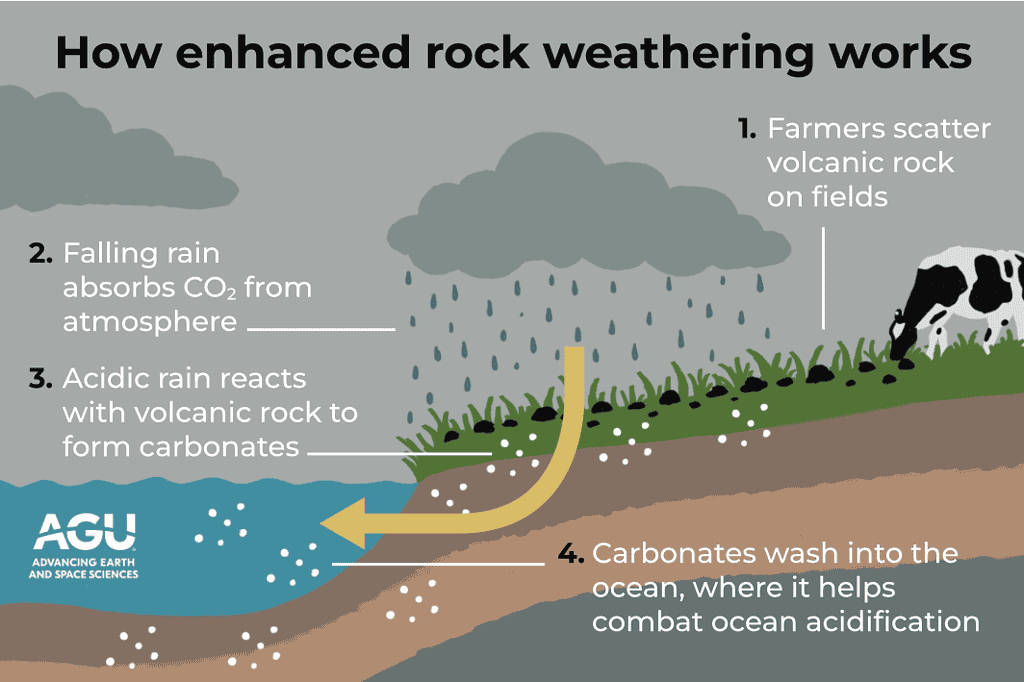By 2100, the world needs to remove 100 to 1,000 gigatons of carbon dioxide (CO2) to keep the global temperature from rising higher than 1.5 degrees Celsius. Farmers around the world can help achieve that climate target by mixing crushed volcanic rocks into their fields, especially those living in the world’s warm tropics, according to a new study.

The study is the first one to provide global estimates of the potential for CO2 removal by using crushed basalt in agricultural fields. This type of climate action, called enhanced rock weathering, speeds up the weathering process (capturing CO2 in carbonate materials) in a way that benefits people through emissions removal.
“Enhanced rock weathering poses fewer risks compared to other climate interventions,” S. Hun Baek, a climate scientist at Yale University who led the study, said in a news release. “It also provides some key benefits, like rejuvenating depleted soils and countering ocean acidification, that may make it more socially desirable.”
A lot of potential
Baek and his team explored the use of crushed basalt, a weathering rock that forms as lava cools, in agricultural fields. A previous study found that there is potential to use rocks for CO2 removal, especially in agriculture in China, India, the US, and Brazil — but there are also plenty of challenges. Now, the researchers wanted to look into the matter more specifically.
In the study, the researchers used a new biogeochemical model to simulate how applying crushed basalt to croplands would capture CO2. They simulated rock weathering on 1,000 agricultural sites from 2006 to 2080 and found the sites could capture 64 gigatons of CO2. This would reach 217 gigatons if it’s extrapolated to all agricultural fields, they said.

As weathering works faster in hot and wet environments, the study highlights that enhanced rock weathering (ERW) would work better in tropical regions than in higher latitudes. Farmers and companies seeking to invest in CO2 removal projects could then make cost- and carbon-efficient decisions by targeting basalt use in tropical fields, the researchers said.
The model also showed another promising result. ERW works just as well, or even a bit better, in warmer temperatures. This isn’t the case for other CO2 removal approaches, such as those that rely on soil organic carbon. “It’s relatively insensitive to climate change and works about the same under moderate and severe global warming scenarios,” Baek said.
Farmers already use limestone, a calcium carbonate rock that can be a carbon source or sink, in their fields to get nutrients and control soil acidity. This suggests that shifting to another rock type would be an easy transition, the researchers said. Enhanced rock weathering has so far been used on a small scale so the next step is extending its use.
“Our work provides additional support for the assertion that ERW represents a scalable, resilient carbon capture strategy that is non-competitive for arable land,” the researchers wrote in their paper. “Overall, this bolsters the case that there is tremendous potential for enhanced weathering to foster carbon dioxide removal at scale.”
The study was published in the journal Earth’s Future.






